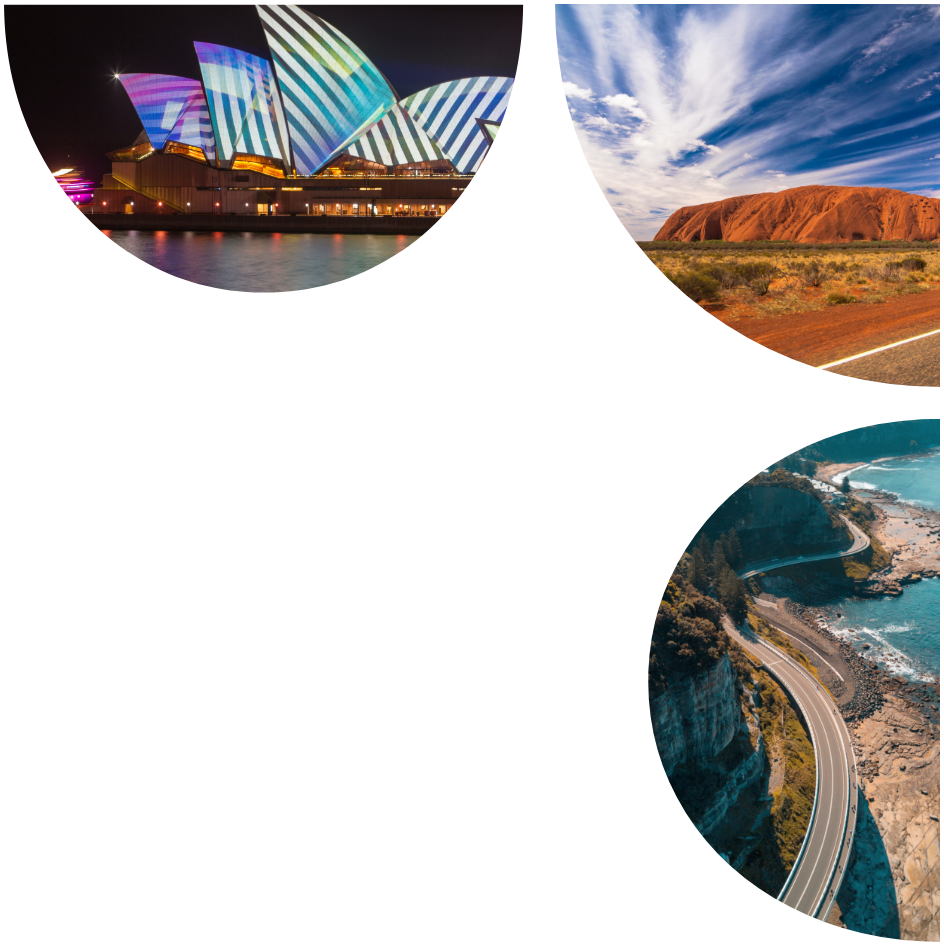2025-26 Financial Year Australian Immigration Quota Announced: Total Quota Remains Unchanged at 185,000
On 25 March 2025, the Australian government officially released the budget for the 2025-2026 financial year, with the immigration policy section drawing significant attention. Shortly after, on 26 March, the Migration Institute of Australia (MIA) issued an official statement confirming that the total immigration quota for the 2025-2026 financial year will remain at 185,000, with the specific allocation across visa categories expected to remain consistent with the current financial year.
Previously, the opposition had proposed a 25% reduction in Australia’s immigration quota, lowering it to 140,000 people. However, the data published so far shows that this proposal has not been adopted. In the 2023-2024 financial year, the immigration quota was set at 190,000, and for the 2024-2025 financial year, the quota was reduced to 185,000, a level which will be maintained in the 2025-2026 financial year. This indicates that despite ongoing discussions and concerns regarding immigration numbers, the government has not taken substantial action to significantly reduce the quota.
Regarding the current processing status for various visa types:
-
189 Visa: Currently processing applications from the November 2024 invitation batch.
-
190 Visa: Processing has reached applications submitted in late June 2023.
-
491 Visa: Processing covers applications submitted between June and July 2023.
-
491 to 191 Visa: Processing has reached applications submitted in early April 2024.
-
186DE Visa: Currently processing applications submitted in the second half of 2023.
The state sponsorship quota is expected to be released after 1 July, the start of the new financial year.
The Australian government is committed to reducing net migration numbers. In the 2023-2024 financial year, the net migration figure was about 520,000 people. For the 2024-2025 financial year, this number is expected to decrease to 335,000, and for the 2025-2026 financial year, it will further reduce to 260,000 people. From the 2026-2027 financial year onwards, the net migration number is expected to stabilise at around 225,000 people. The net overseas migrant group includes permanent residency (PR) applicants, student visa holders, Working Holiday Visa (WHV) holders, 482 temporary skilled work visa holders, and other visa applicants.
Additionally, the immigration planning model has been reformed, shifting from an annual to a four-year planning cycle. The first plan will cover the period from the 2025-2026 to the 2028-2029 financial years. This change aims to allow for long-term immigration planning that ensures coordination between immigration policy and Australia’s economic development, infrastructure needs, and social services demands.

In terms of occupations in demand, healthcare, nursing, early childhood education, social work, and the construction industry continue to be key areas of focus for immigration support. The government is also considering adjustments to the 485 Graduate Work Visa, allowing students in demand occupations to remain in Australia for work. Furthermore, starting 1 July 2025, the income threshold for employer-sponsored skilled migration visas will be raised by 4.6%, in line with changes to the Australian Average Weekly Ordinary Time Earnings (AWOTE). Specific salary adjustments for various visas are as follows:
-
482 Core Skills Visa: Salary standard will increase from AUD 73,150 to AUD 76,515.
-
482 Specialist Skills Visa: Salary standard will increase from AUD 135,000 to AUD 141,210.
-
186 Employer-Sponsored Permanent Residency Visa: Salary will increase from AUD 73,150 to AUD 76,515.
-
494 Regional Employer-Sponsored Visa: Salary standard will increase from AUD 73,150 to AUD 76,515.
These policy adjustments, while maintaining the overall immigration quota, signal clear changes in the structure of immigration, occupation priorities, and visa application requirements. For individuals considering migrating to Australia, it is crucial to closely monitor these policy developments, assess personal circumstances and career plans, and choose the most suitable immigration pathways while preparing accordingly.
If you have any questions or would like professional assistance, please feel free to contact us at Riverwood Migration (Email: [email protected]). We are committed to providing transparent, expert migration services to help you achieve your dream of moving to Australia.






